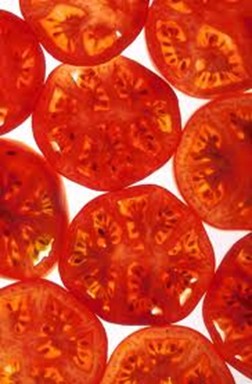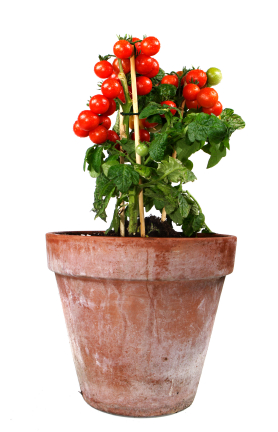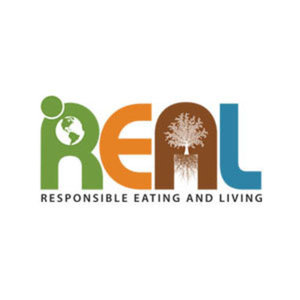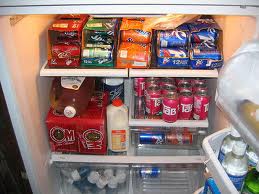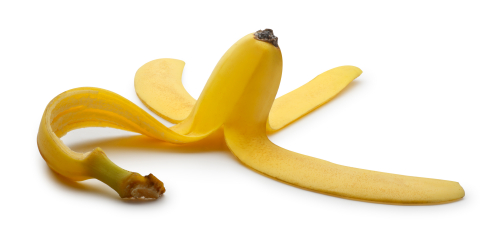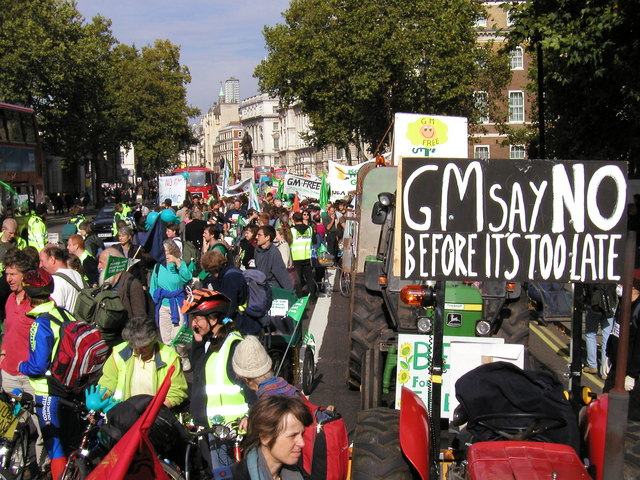Tomato lovers rave about the lively, distinct taste of genuine fresh tomatoes, which they say is infinitely superior to the hard round red billiard balls you can get at the supermarket any time of year. I can’t vouch for this, not being a raw tomato fan, but there isn’t much debate that conventional tomatoes are hard and tasteless. Here’s what author Barry Estabook said in his 2011 book Tomatoland:
“Perhaps our taste buds are trying to send us a message. Today’s industrial tomatoes are as bereft of nutrition as they are of flavor. According to analyses conducted by the U.S. Department of Agriculture, 100 grams of fresh tomato today has 30 percent less Vitamin C, 30 percent less thiamin, 19 percent less niacin, and 62 percent less calcium than it did in the 1960s. But the modern tomato does shame its 1960s counterpart in one area: It contains fourteen times as much sodium.”
Here in the San Francisco Bay Area, we’re blessed to be near the Central Valley, one of the world’s great breadbaskets. We also have lots of small farms and urban farmers, so those juicy red tomatoes are not too hard to find here. Farmers’ markets can be found in Berkeley, San Francisco, Walnut Creek, Moraga, San Rafael – go here to find one near you. The newest one opened this week in Lafayette.
You can always GROW tomatoes, as they are very forgiving and brown-thumb-friendly. Even a single potted plant can, with minimal human intervention, provide those tasty red tomatoes that are so prized.
